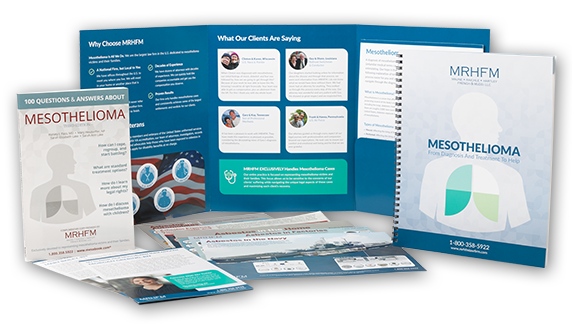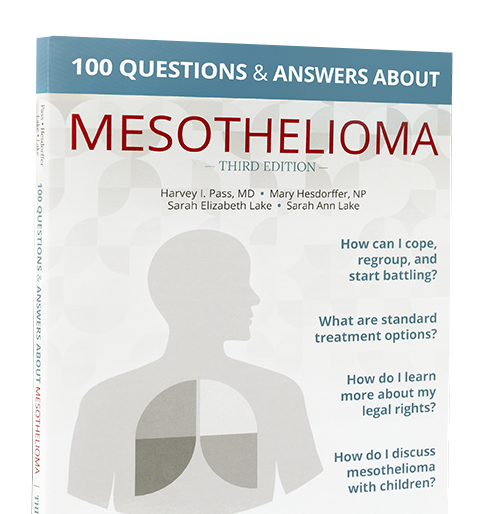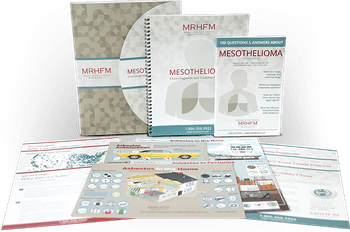In 1989, the EPA issued a final rule under Section 6 of Toxic Substances Control Act (TSCA) banning most asbestos-containing products. However, in 1991, the rule was vacated and remanded by the Fifth Circuit Court of Appeals. As a result, most of the original ban on the manufacture, importation, processing, or distribution in commerce for the majority of the asbestos-containing products originally covered in the 1989 final rule was overturned.
Today, asbestos is still used in dozens of products that many people use every day. Asbestos is the only cause of a debilitating cancer known as mesothelioma, so it is important to be aware of the numerous products that still contain this toxic mineral and how to protect yourself.
Car Parts
Asbestos can still be found in automatic transmission components, clutch facings, friction materials, disk brake pads, drum brake linings, brake blocks, and gaskets. “Because asbestos is so common in these vehicle parts,” says Consumer Safety (CS), “mechanics are especially susceptible to mesothelioma and other asbestos-related health issues, like asbestosis and even lung cancer.”
Construction Materials
Many homes built before 1980 already have asbestos in their flooring, insulation, plaster, and paint. Today, it is still legal to manufacture, import, process and distribute asbestos-containing construction materials such as pipeline wrap, roofing felt, vinyl tile floor, cement pipe, cement flat sheet, cement corrugated sheet, cement shingle, roof coatings, and non-roof coatings.
Construction workers (and anyone who decides to renovate their home or other building on their own) are at risk of asbestos exposure. Understand that wearing safety gear is not enough. If you suspect that a building you are planning to demolish or remodel contains asbestos, contact a licensed asbestos removal company.
Potting Soil and Fertilizer
According to the Illinois Department of Public Health (IDPH), vermiculite (which may contain a type of naturally occurring asbestos called tremolite-actinolite) has been used in some potting soil and fertilizer. The IDPH says the mineral is used in potting soil for plant growth, and it appears as bright gold or silver flakes.
“Keeping your potting soil moist keeps the vermiculite moist, and lowers your chance for exposure to asbestos fibers,” says the IDPH. However, to avoid exposure altogether, simply read the labels on fertilizer and potting soil to ensure that the products you plan to use do not contain asbestos.
Talc
Although talc isn’t made with asbestos, “in nature, talc deposits occur together with asbestos, and mined talc can easily become contaminated with asbestos,” says CS. Companies from Justice and Claire’s to Johnson & Johnson have been sued over talc products that the plaintiff’s and the public say contain asbestos.
The American Cancer Society says that studies of personal use of talcum powder have had mixed results, so people concerned about using talc “may want to avoid or limit their use of consumer products that contain it.”
Sources
ConsumerSafety.org. ConsumerSafety.org, 11 Jan. 2018. Web. 21 May 2018.
"Environmental Health Fact Sheet: Asbestos in Vermiculite." Illinois Department of Public Health (IDPH). Illinois Department of Public Health (IDPH), n.d. Web. 21 May 2018.
"Talcum Powder and Cancer." American Cancer Society. American Cancer Society, Inc., 13 Nov. 2017. Web. 21 May 2018.
"U.S. Federal Bans on Asbestos." United States Environmental Protection Agency (EPA). United States Environmental Protection Agency (EPA), 19 Dec. 2016. Web. 21 May 2018.





